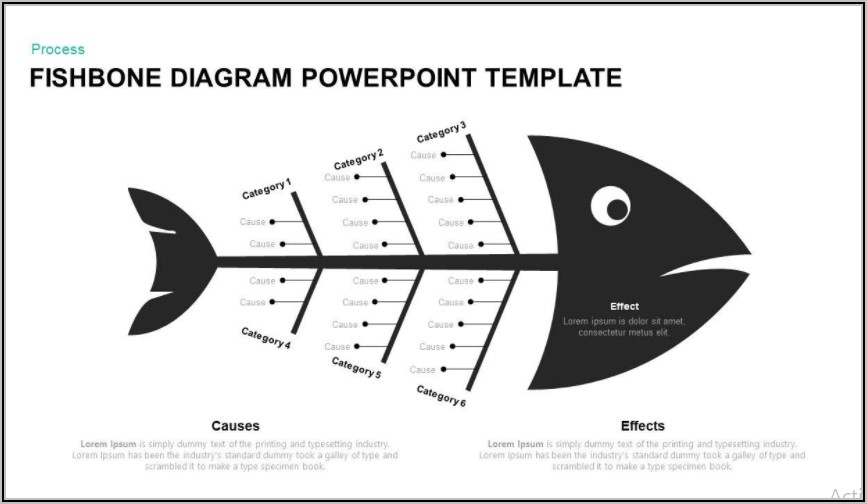

įishbone diagrams were first proposed by Kaoro Ishikawa in the 1960s to display cause and effect in the context of continuous improvement of industrial processes. To address such limitations, a simplification of the content using graphical displays could provide an excellent approach for enhancing presentation to readers with limited epidemiological training. Nevertheless, to be interpreted correctly, summary of findings tables require familiarity with some concepts of clinical epidemiology and with grading the certainty of the evidence. They significantly improve readers’ overall understanding and their ability to find critical information compared with having data only in text. Summary of findings tables such as those proposed by the Grading of Recommendations Assessment, Development and Evaluation (GRADE) Working Group, have become important tools to summarize results of systematic reviews and present the certainty of findings.
#Ishikawa diagram template visio full#
Such tables are often dense and do not allow readers to grasp the findings “at a glance” but instead require review of numerous pages of summary tables and large parts of the full evidence report.

The traditional approach to presenting such complexity is to develop multiple summary tables that describe the design of the studies, present results, and assess the quality of evidence. Systematic reviews gather, describe, synthesize, and evaluate evidence on a wide range of topics in health care, many of which are complex and multi-faceted.


 0 kommentar(er)
0 kommentar(er)
